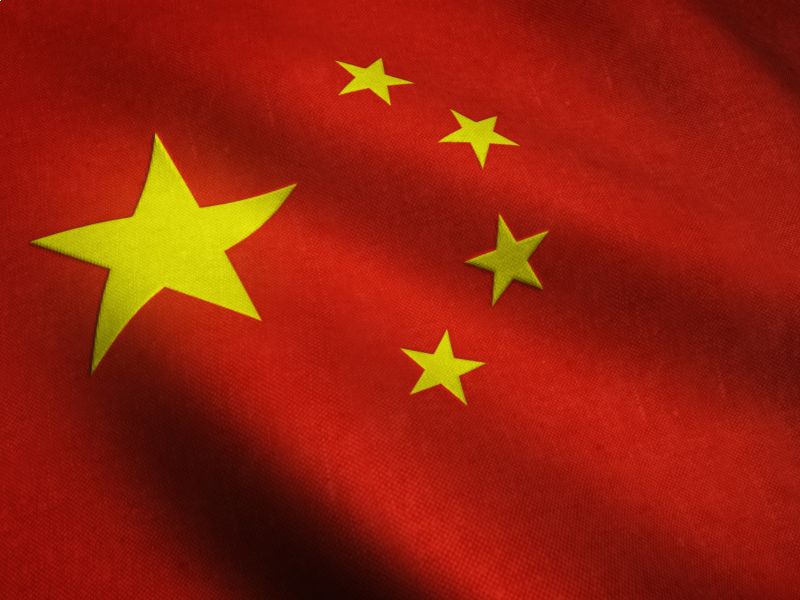
China 2025: The Chinese Energy Strategy Leading the Future
The Asian model of planning, scale, and long-term vision 10-09-2025

In recent months, China has accelerated its efforts once again. In the second quarter of 2025 alone, the country commissioned over 80 GW of new solar and wind power plants. Simultaneously, it continued to expand the production of key components driving the global electric transition: solar panels, batteries, permanent magnets, and energy storage systems.
This momentum is not episodic, it is part of a strategic industrial plan designed to consolidate China’s leadership in clean energy and high-tech manufacturing.
Planned Industrial Power
The Chinese system does not operate on a short-term logic. Every move fits into a broader framework, where industrial production, scientific research, environmental policy, and diplomatic projection are aligned and interconnected.
China has not abandoned coal, but has paired it with a massive renewable energy expansion. Today, the country is able to export both energy and energy technologies, positioning itself as a global integrated supplier.
Control over rare earth supply chains, advances in smart grid technology, the widespread adoption of electric vehicles, and direct support for infrastructure megaprojects in emerging economies are just some of the levers Beijing is using to establish itself not only as an energy model, but as an industrial power model for the 21st century.
Europe: The Need for Response and Coherence
In contrast, Europe remains partially out of sync. While several major initiatives have been launched, such as the European Green Deal and the Critical Raw Materials Act, the continent still struggles to convert regulatory ambitions into industrial-scale action.
Political fragmentation and bureaucratic complexity hinder timely responses. Yet, within this difficult context, there is room for companies that can combine flexibility with long-term vision.
VMF: Proximity, Control, Adaptation
VMF is one of these companies. As a highly specialized medium-sized enterprise, we adapt our manufacturing processes to the specific needs of complex industrial sectors—from special-purpose motors to renewable energy systems, and even ultra-efficient prototypes.
When compared with Asian industrial giants, we believe that geographical distance is not only a disadvantage, but also an opportunity. It enables us to provide close collaboration, direct support, co-design, tailored quality control, and, most importantly, a fast and reactive approach to the needs of the European market. We cannot compete on scale,but we can excel in technical mastery, precision, and relationship quality. And today, more than ever, that is a strategic asset.


